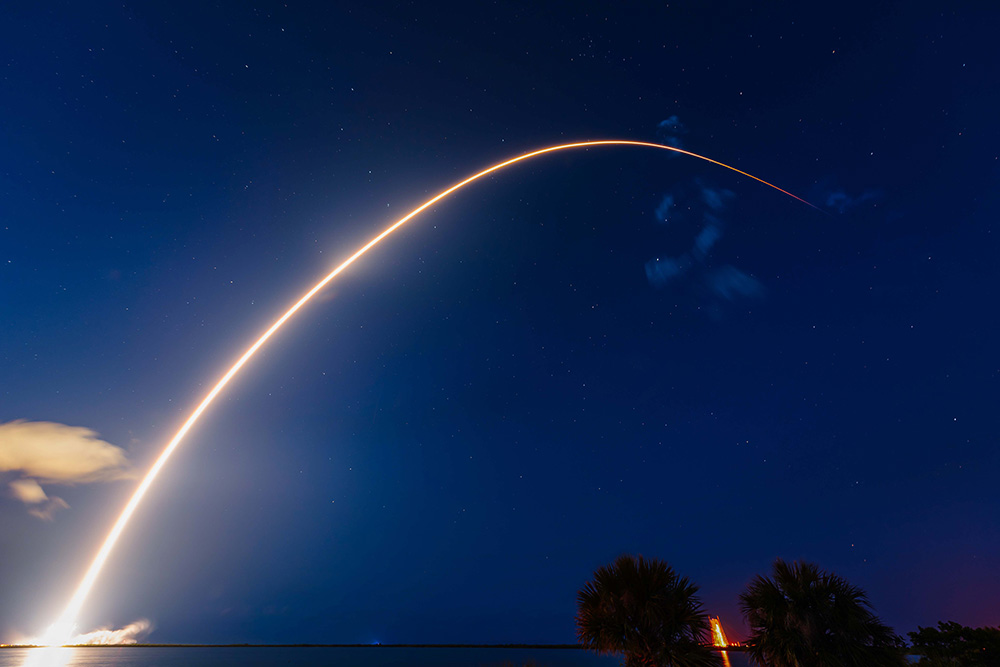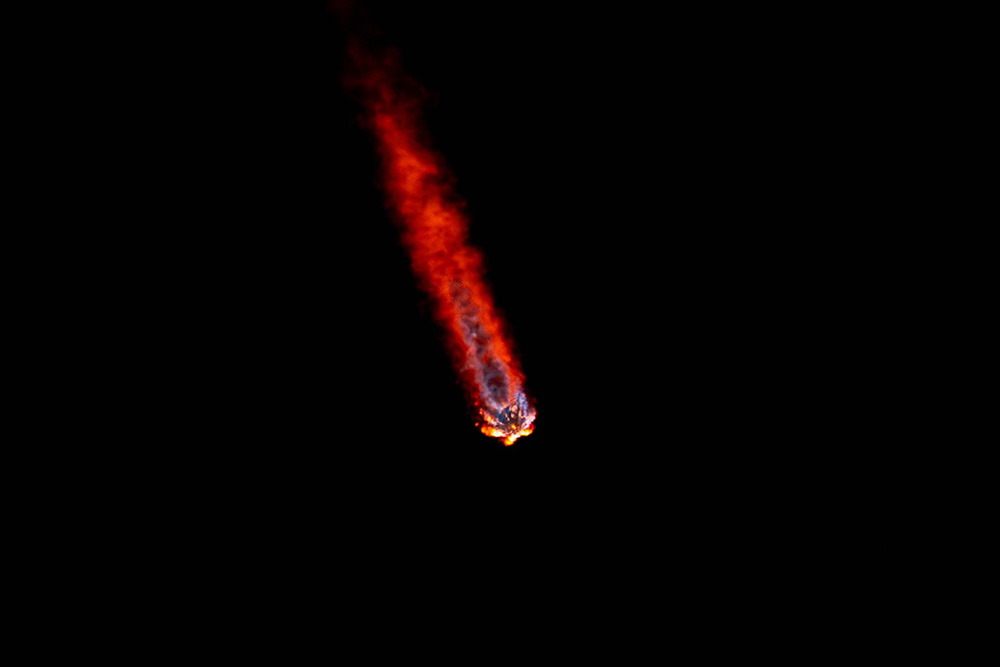The Defense Department remains focused on maintaining its edge in space as competitors attempt to shift the balance in the domain, a top space official from the Pentagon said on Wednesday.
In testimony before a Senate Armed Services subcommittee, John D. Hill, deputy assistant secretary of defense for space and missile defense, outlined key investments in DOD’s budget request for fiscal year 2025 needed to keep pace with challengers to the U.S. in the space-warfare domain.
“We are clearly in a time of rapid change in the space strategic environment,” Hill told the Strategic Forces Subcommittee. “One that does not favor the slow or those resistant to change.”
He noted efforts by China and Russia to rapidly field space and counterspace capabilities meant to degrade and challenge the joint forces’ use of space-based services that provide warfighters with key advantages on the battlefield.
“The scale and scope of the threats in space present significant risks to the American people, to our national interests, [and] to allies and partners,” Hill said.
Hill was joined by Frank Calvelli, assistant secretary of the Air Force for space acquisition and integration, and Gen. Michael A. Guetlein, the Space Force’s vice chief of space operations, in testifying before the subcommittee. They further underscored the need for urgent action to maintain U.S. leadership in space.
“Space has never been more critical to the security of our nation, and the success or failure of the joint force depends heavily upon the capabilities that we present,” Guetlein said. “Repeated actions by both the Russian Federation and the People’s Republic of China underscore the urgency for action.
“Although we still maintain control of space over our competitors, they are still working hard to close the gap and assert their dominance in space,” he added. “We cannot let this happen.”

A Falcon 9 rocket carrying Starlink satellites launches from Cape Canaveral Space Force Station, Florida, May 12, 2024. © Joshua Conti, Space Force
Hill highlighted key programs included in DOD’s budget request that are aimed at ensuring the U.S. is postured to maintain its dominance in space.
The budget request includes $33.7 billion dollars for space programs in fiscal year 2025. Those investments include $2.4 billion for space launch capabilities; $1.5 billion for more resilient position, navigation and timing; and $4.2 billion for more resilient and protected satellite communications.
The request also includes $4.7 billion to develop new missile warning and tracking architectures and $12.3 billion for a range of other capabilities aimed at increasing the resiliency of DOD’s existing space architectures.
Hill also highlighted key initiatives the department has undertaken recently to ensure warfighters maintain the space advantage.
Those include efforts to expand U.S. cooperation with allies to chart a path toward interoperability in space and strengthening collective deterrence. The department has also worked to remove obstacles that have impeded information sharing among the services and with allies.
Hill also highlighted this year’s release of DOD’s commercial space integration strategy, which outlines the department’s approach to harnessing private sector space technology innovation.

A Falcon 9 rocket carrying Starlink satellites launches from Cape Canaveral Space Force Station, Florida, May 12, 2024. © Joshua Conti, Space Force
The strategy highlights four priorities to achieve integration with the commercial partners.
First, it calls for outlining DOD’s requirements in contracts and other agreements to ensure commercial solutions are available when needed.
Second, the strategy calls for the integration of commercial solutions into defense architecture during peace time — including planning, training and day-to-day operations — to ensure warfighters can seamlessly utilize those solutions during crisis or conflict.
Third, the strategy calls for protecting and defending against threats to U.S. national security space assets — including those in space and on the ground — and commercial space capabilities, where appropriate.
Finally, the strategy emphasizes that DOD will use its full range of financial, contractual and policy tools to support the development of new, commercial space solutions that have the potential to support the joint force.
During his testimony, Hill said DOD will continue to advance on key policy objectives to ensure the U.S. maintains its edge in space.
“I believe the progress we’ve already made together will pay dividends for years to come,” he said.





